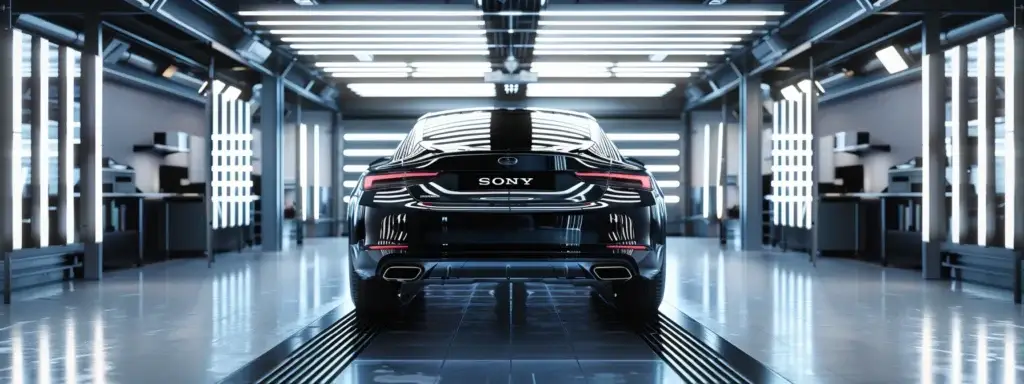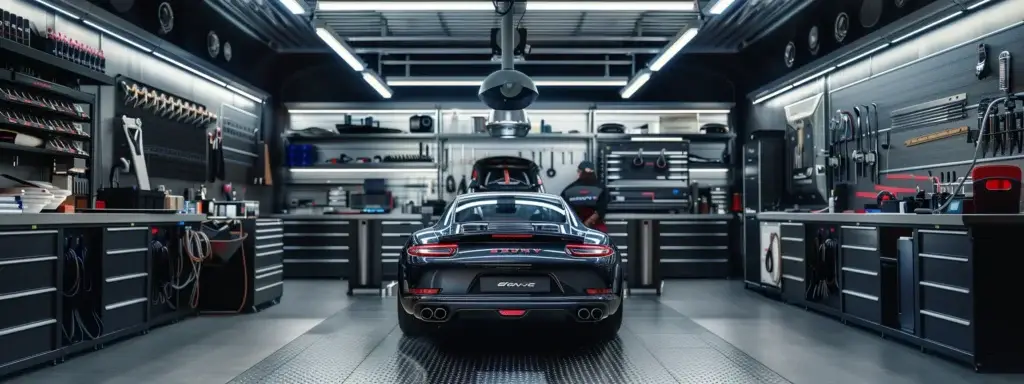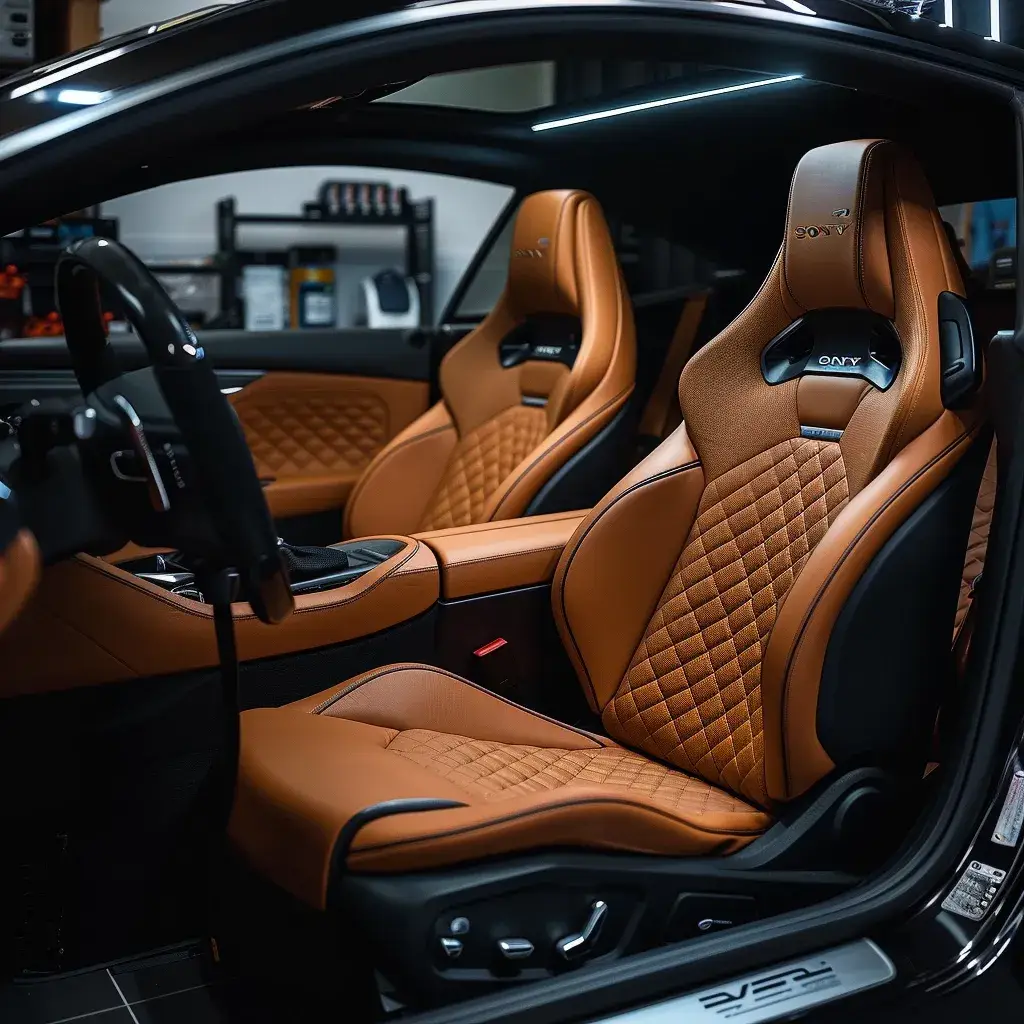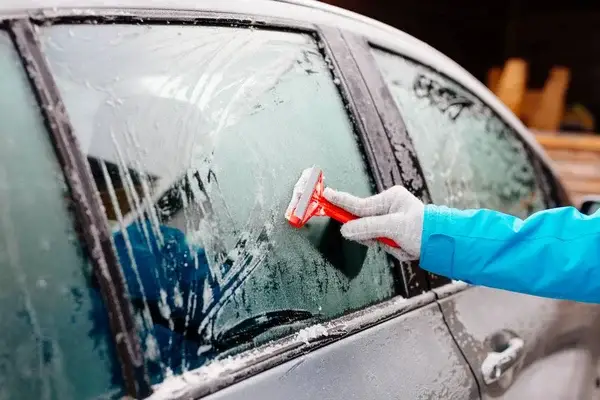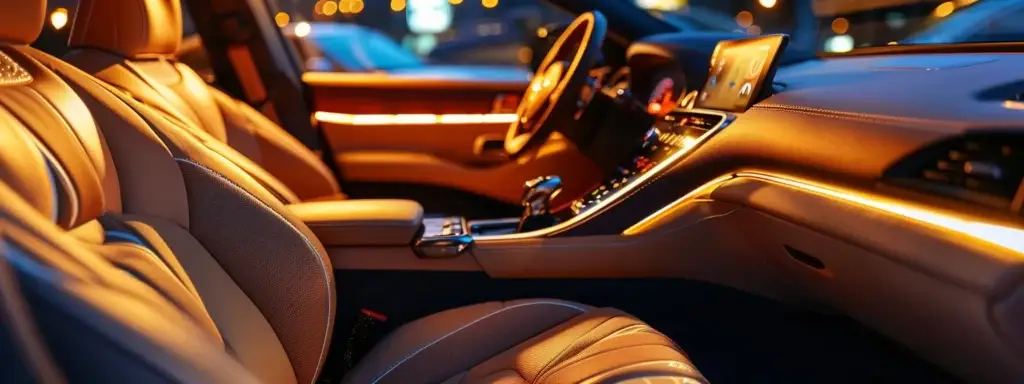- Mon - Fri: 8:00 AM - 4:00 PM / Sat: By Appointment / Sunday: Closed
- 0420 206 206
- Unit 41 / 566 Gardeners Rd, Alexandria NSW 2015
Is Clay Bar Detailing Service Worth It for Your New Car?

Jump to...
Is your new car’s paintwork truly clean? Even after washing, microscopic contaminants can cling to the surface, dulling its shine. Clay bar detailing offers a solution, but is it worth the investment? This article explores the benefits of clay bar treatment, comparing it to traditional waxing and weighing up professional services against DIY options. You’ll learn how clay bar detailing can protect your car’s finish and maintain its value, helping you make an informed decision for your prized vehicle.
Key Takeaways
- Clay bar detailing removes contaminants from car surfaces, improving smoothness and shine
- The process enhances paint protection and prepares the surface for wax or sealant application
- Clay bar treatment should be done every 6-12 months, depending on environmental exposure
- DIY clay barring can save money, but professional detailing offers expertise and consistent results
- Consider professional detailing for thorough decontamination and to avoid potential paintwork damage
What Is a Clay Bar?
A clay bar is a specialised detailing tool used to protect your new car by removing contaminants from your car’s paint surface. It’s a malleable resin compound that picks up tiny particles embedded in the clear coat, much like how an eraser lifts graphite from paper.
Using a clay bar before applying wax or a graphene coating can significantly improve the smoothness and shine of your vehicle’s paintwork. This process is particularly beneficial for new cars, as it removes industrial fallout and other pollutants that may have settled on the paint during transport.
While clay bars are primarily used on paint, they can also be effective on other smooth surfaces like glass and wheels. However, they’re not suitable for porous materials such as carpet or upholstery. The clay bar process is typically followed by polishing and protective treatments to achieve the best results.
Experience the Glosshaus Difference
Ride with confidence. Contact us now to schedule a professional detailing service.
Key Benefits of Using a Clay Bar
Enhanced Paint Protection
Clay bar detailing significantly enhances paint protection for your vehicle. By removing embedded metal particles, dirt, and other contaminants, it creates a smooth surface that’s more resistant to damage. This process is particularly effective when combined with paint correction techniques as it prepares the paint for further treatments. After clay bar application, you can apply protective sprays or coatings that adhere better to the clean surface. This removes embedded contaminants, smooths the paint surface, prepares for protective coatings, and enhances resistance to environmental factors while making it easier to maintain.
Improved Shine and Smoothness
Clay bar detailing significantly improves your car’s shine and smoothness. By removing contaminants like iron particles and silicon dioxide, it creates a glass-like surface that reflects light more effectively. This process enhances the effectiveness of window tinting and prepares the paint for soap-based washes. The process removes microscopic contaminants, creates a mirror-like finish, enhances light reflection, and improves the effectiveness of subsequent treatments. To test the smoothness, run your hand over the surface in a plastic bag – you’ll notice a remarkable difference after clay bar treatment.
Effective Prep for Wax or Sealant
Clay bar detailing prepares your car’s surface for wax or sealant application, ensuring optimal adhesion and longevity. By removing contaminants like tar, salt, and road grime that act like sandpaper on your paint, clay bar treatment creates a smooth canvas for protective coatings. This car detailing step is crucial for achieving a professional finish and maximising the effectiveness of your chosen wax or sealant.
Secure Your Detail Now
Availabilities are limited. Make a booking today or call us to get started.
Step-by-Step Tips for DIY Car Detailing with a Clay Bar
Choose the Right Clay and Tools
Very much like how certain automobile services such as dynamometer or towing services require specialist tools, car detailing with the right clay bar is absolutely crucial. Select a high-quality clay bar suitable for your vehicle’s condition and the level of contamination. Opt for a fine-grade clay for regular maintenance or a medium-grade for heavier pollution. When selecting your supplies, ensure you have a proper lubricant, such as a detailing spray or soapy water, to prevent scratching. For optimal results, gather microfiber towels for a lint-free finish and consider investing in a pro-level graphene coating for superior post-clay protection compared to traditional waxes.
Thorough Pre-Wash
Begin your clay bar detailing process with a thorough pre-wash to remove loose dirt and debris. Use a high-pressure washer and car shampoo to cleanse the surface, paying special attention to areas with visible tar or contaminants. This crucial step prepares your vehicle for effective clay bar use and potential paint correction later, allowing the clay to glide smoothly while reducing the risk of scratches and ensuring optimal contaminant removal.
Use Plenty of Lubrication
To prevent scratching during clay bar detailing, use ample lubrication. Apply a generous amount of detailing spray or soapy water to the surface before gliding the clay bar; keep a spray bottle and clean towel handy to re-apply as needed. When working near brakes or wheels, be cautious of brake dust and use a separate clay bar for these areas. Remember to rinse your clay bar frequently in a bucket of clean water to remove collected contaminants and maintain its effectiveness.
Gentle Technique and Kneading
Use gentle pressure when applying the clay bar to your car’s surface, moving it in straight lines or small circles. As you work, knead the clay regularly to expose a clean surface, preventing trapped dirt from scratching the paint. If you encounter stubborn contaminants like tree sap, spray additional lubricant and work the area carefully. Remember, effective car detailing doesn’t require excessive force; let the clay do the work of lifting dirt and debris from your vehicle’s exterior.
Follow Up with Protection
After clay bar detailing, protect your vehicle’s newly smoothed surface with a high-quality ceramic or graphene coating to shield against debris, UV rays, and oxidation. These advanced formulas bond with metal surfaces, including wheels and body panels, providing long-lasting protection. Complete your detailing process by applying a tire dressing, and remember to store your clay bar in a sealed bag to keep it clean for future use.
Conclusion
Experience showroom-worthy results for your new vehicle with professional clay bar treatment. Book your premium detailing service with Glosshaus Bespoke Detailing today – Sydney’s trusted experts in paint correction and protection. Our certified technicians use industry-leading products and proven techniques to restore and protect your vehicle’s finish. Contact us now to secure your appointment and join our satisfied clients who enjoy long-lasting, superior paint protection for their prized automobiles.
Frequently Asked Questions
Clay barring a new vehicle is typically unnecessary unless it feels rough to the touch or has visible contaminants. For most new cars, clay barring once every 1-2 years is sufficient to maintain a smooth paint surface. Always assess the paint condition before deciding to clay bar.
Claying typically removes existing wax or sealant from your car’s surface. This process effectively eliminates contaminants and old protective layers, leaving a clean canvas for new protection. After claying, it’s essential to reapply wax or sealant to safeguard your vehicle’s paintwork.
A clay bar cannot fix clear coat scratches. It’s designed to remove surface contaminants, not repair damage to the paint. For clear coat scratches, paint correction techniques like polishing or wet sanding are more appropriate, depending on the scratch depth.
For most car detailing tasks, a high-quality car shampoo mixed with water is sufficient. However, certain specialised procedures may require specific lubricants. Always check the manufacturer’s recommendations for your detailing products to ensure optimal results and avoid potential damage to your vehicle’s surfaces.
Clay bar treatment, when performed correctly, won’t damage new car paint. It’s designed to remove contaminants safely. However, improper technique or using excessive pressure can potentially cause minor scratches. For best results, ensure the surface is well-lubricated and use gentle, even pressure during the process.
You might need a professional detailer if your vehicle shows signs of wear, such as faded paint, swirl marks, or ingrained dirt that regular washing can’t remove. A professional can also help protect your car’s paintwork and interior, enhancing its appearance and potentially increasing its resale value.
Even if your paint feels smooth, microscopic contaminants and imperfections may still be present. Professional detailing can reveal and address these hidden issues, enhancing your car’s appearance and protecting the paintwork from future damage.
You can reuse a clay bar multiple times, but it’s crucial to inspect it before each use. Discard the bar if it’s heavily contaminated or shows signs of degradation. Proper storage in a clean container helps extend its lifespan and maintain its effectiveness for future detailing sessions.
Polishing after clay bar treatment is highly recommended. While clay removes surface contaminants, it can leave minor marring. Polishing smooths the paint surface, enhances gloss, and prepares it for protection. This step ensures your car’s paintwork looks its best and is ready for waxing or coating.
Table of Contents

Ready to Shine?
Secure Your Detail Now
We provide 5-Star quality detailing,
Guaranteed
Recent Insights
Have you ever wondered what’s lurking in your car seats? Professional car seat cleaning is essential for maintaining a healthy, comfortable driving environment. This article
Is your car looking dull and neglected? A professional car wash offers more than just a quick rinse. This guide explores the key differences between
Car Detailing
Rediscover the joy of driving a flawlessly clean car.
New Car Protection
Protect your investment and keep your new car looking showroom-new.
Paint Protection Film (PPF)
Drive with confidence knowing your paint is shielded from everyday hazards.
Motorbike Detailing
Give your bike the specialised care it deserves for peak performance and head-turning shine.

Visit Our Detailing Studio
Unit 41 / 566 Gardeners Rd
Alexandria NSW 2015
Quick Links
Our Services
Copyright © 2025 Glosshaus. All Rights Reserved
